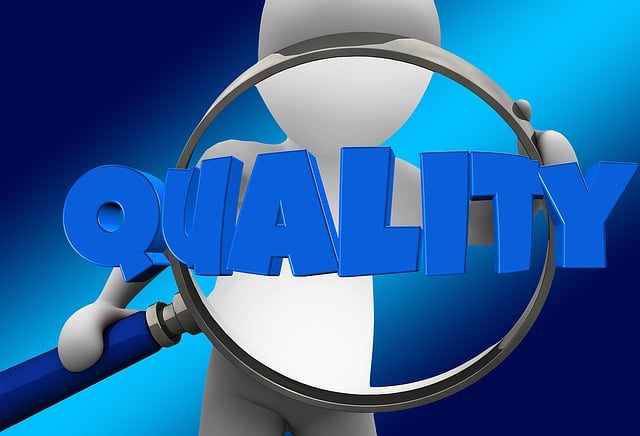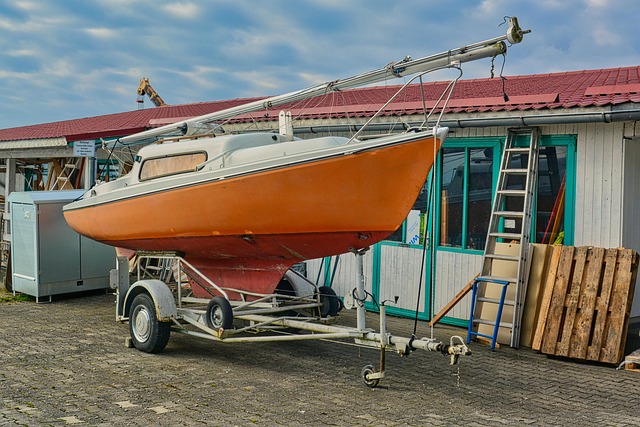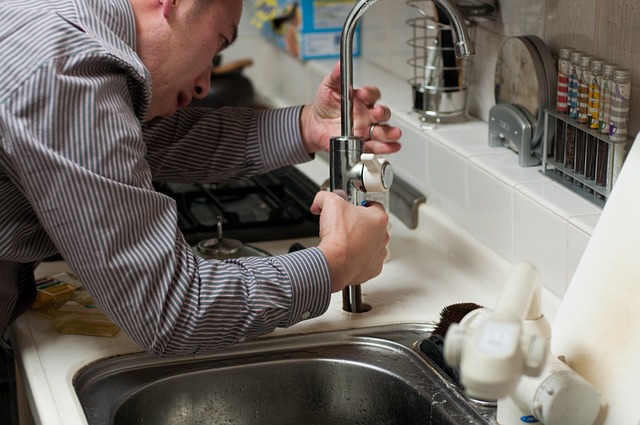Regular pipe inspections are key to emergency prevention. Visual indicators like rust stains and bubbles signal corrosion, leading to leaks and reduced water flow if ignored. Proactive measures including visual exams, testing methods, scheduled walk-downs, and digital surveillance minimize risk of catastrophic failures, enhancing safety and efficiency while saving costs. Early identification through advanced non-invasive techniques like EMP and thermography is crucial for comprehensive emergency prevention.
Identifying pipe corrosion is a critical aspect of maintaining reliable plumbing systems. Regular inspections play a pivotal role in preventing costly breakdowns and health hazards. This article guides you through various techniques, from understanding visible signs of corrosion to advanced testing methods. We delve into effective inspection procedures and essential strategies for emergency prevention. By adopting these practices, property owners and managers can ensure the longevity and safety of their plumbing infrastructure.
- Understanding Pipe Corrosion Signs
- Regular Inspection Procedures for Pipes
- Visual Detection Techniques
- Advanced Testing Methods
- Emergency Prevention Strategies
Understanding Pipe Corrosion Signs

Pipe corrosion can often go unnoticed until it becomes a serious issue, making regular inspections crucial for emergency prevention. Understanding the signs of pipe corrosion is essential for maintaining reliable plumbing systems. One of the most visible indicators is rust on the exterior or interior surfaces of pipes, which may appear as orange or red stains. This is a result of iron oxide forming due to prolonged exposure to moisture and oxygen.
Another sign to look out for is the presence of bubbles or pitting on the pipe’s surface. Corrosion causes weak spots in the pipe’s structure, leading to these defects. If left unchecked, corrosion can weaken pipes, causing leaks, bursts, or reduced water flow. Regular inspections enable prompt action, ensuring efficient emergency prevention and minimizing damage to plumbing infrastructure.
Regular Inspection Procedures for Pipes

Regular inspections are a cornerstone in identifying pipe corrosion, an issue that can lead to severe emergencies if left unchecked. To prevent such crises, maintenance teams should adopt meticulous inspection procedures tailored to different pipe materials and environments. Visual examinations, including checking for signs of rust, cracks, or bulges, are crucial initial steps. Additionally, leveraging non-destructive testing methods like ultrasonic thickness measurement devices can provide detailed data on pipe integrity without causing damage.
Scheduled walk-downs and digital surveillance through advanced cameras and sensors further bolster proactive corrosion management. By integrating these regular checks into routine maintenance plans, facilities can minimize the risk of catastrophic failures. This approach not only enhances safety but also optimizes operational efficiency by facilitating timely repairs or replacements before corrosion advances, ultimately saving costs associated with emergency prevention measures.
Visual Detection Techniques

Visual detection techniques are a crucial component in identifying pipe corrosion during inspections, serving as an initial line of defense in emergency prevention. Trained inspectors should be adept at recognizing subtle signs such as blistering, pitting, or scaling on the pipe’s surface. These visual cues indicate areas where corrosion has begun to weaken the structural integrity of pipes, potentially leading to leaks or failures. Regular and meticulous visual inspections can help in early detection, allowing for timely maintenance interventions before damage escalates.
Utilizing high-quality lighting and magnifying tools enables inspectors to scrutinize hard-to-reach corners and narrow gaps where corrosion may be hidden. By combining visual observation with knowledge of pipe materials, age, and environmental conditions, professionals can effectively assess the overall health of piping systems. This proactive approach contributes significantly to the longevity of infrastructure, minimizing costly repairs and disruptions often associated with severe pipe corrosion.
Advanced Testing Methods

In recent years, advanced testing methods have emerged as powerful tools in identifying pipe corrosion during inspections. These innovative techniques go beyond traditional methods, offering more comprehensive and precise assessments. One such method involves the use of electromagnetic pulse (EMP) technology, which can detect even the subtlest signs of corrosion by analyzing the electrical properties of pipes. This non-invasive approach allows for quick evaluations without disrupting normal operations, making it ideal for regular inspections and emergency prevention.
Additionally, advanced imaging technologies like infrared thermography and ultrasonics have revolutionized pipe inspection. Infrared cameras can identify temperature anomalies indicative of corrosion, while ultrasonics use sound waves to create detailed images of pipe interiors, revealing structural weaknesses and pitting that might otherwise go unnoticed. By leveraging these cutting-edge methods, maintenance teams can proactively manage corrosion, ensuring the longevity of critical infrastructure and minimizing costly emergency repairs.
Emergency Prevention Strategies

Identifying pipe corrosion early is key to preventing costly emergencies. Regular inspections should include visual assessments for signs of rust, scaling, or any unusual discoloration. If pipes are accessible, physically examining them can reveal pitting, a common indicator of corrosion. In between inspections, homeowners and facility managers can employ emergency prevention strategies such as maintaining proper ventilation in pipe enclosures and ensuring adequate insulation to protect against moisture accumulation. Additionally, checking for leaks promptly after storms or periods of heavy use can prevent water damage that accelerates corrosion. Regular maintenance and quick response to issues significantly reduce the risk of sudden, severe pipe failures.






